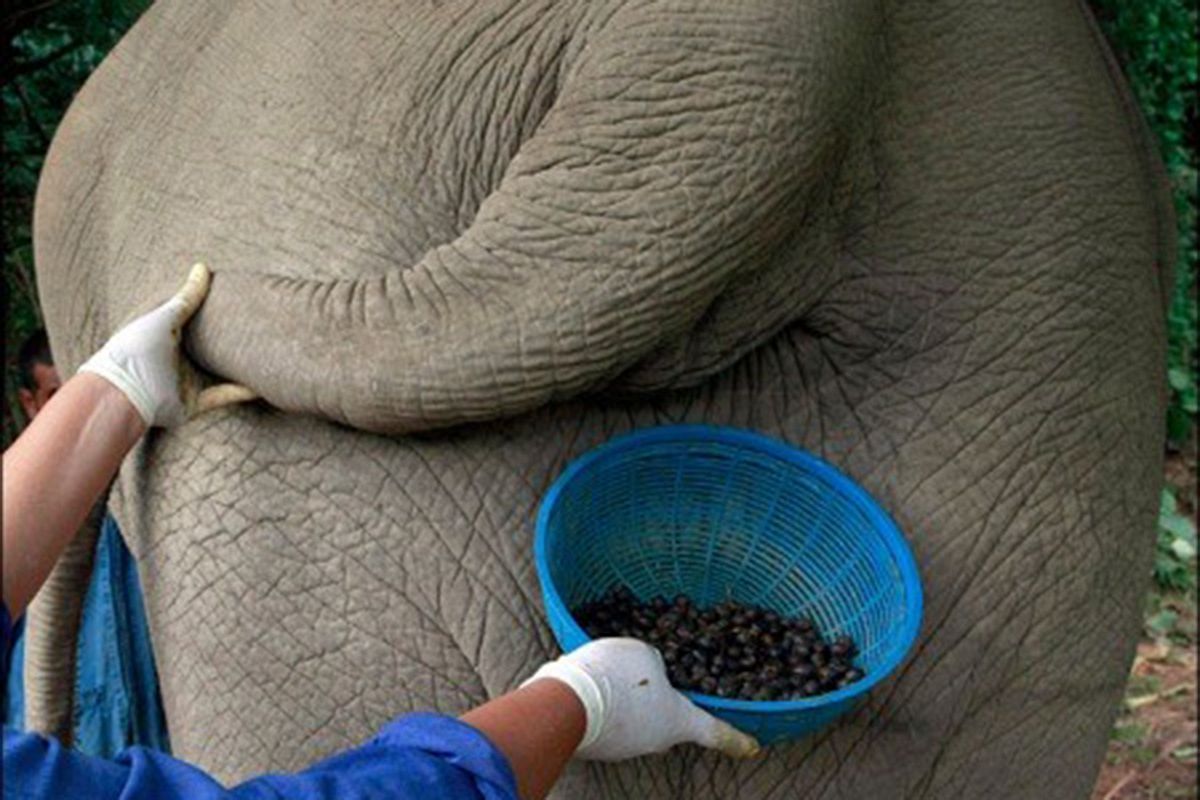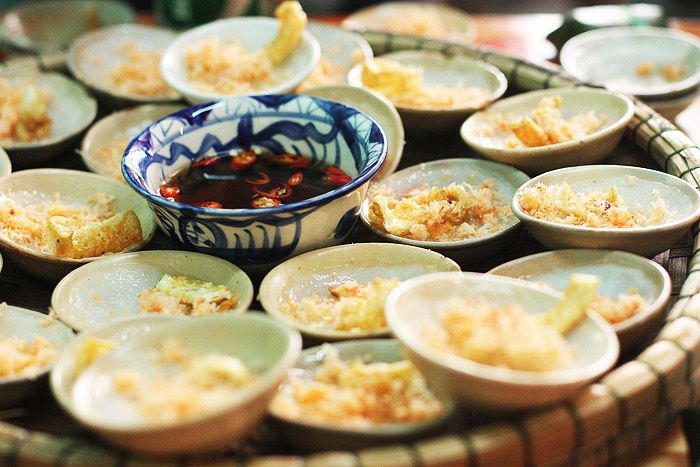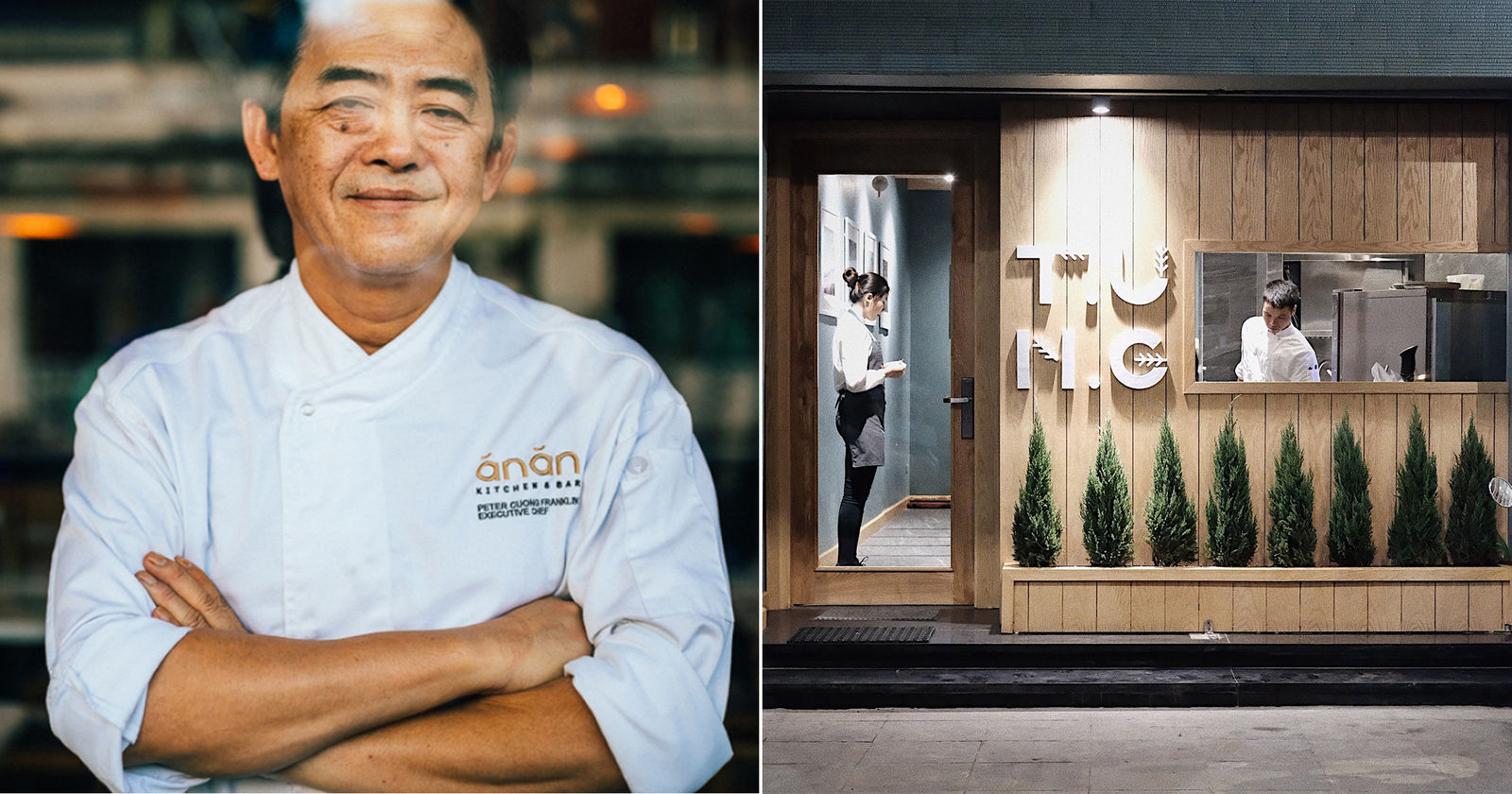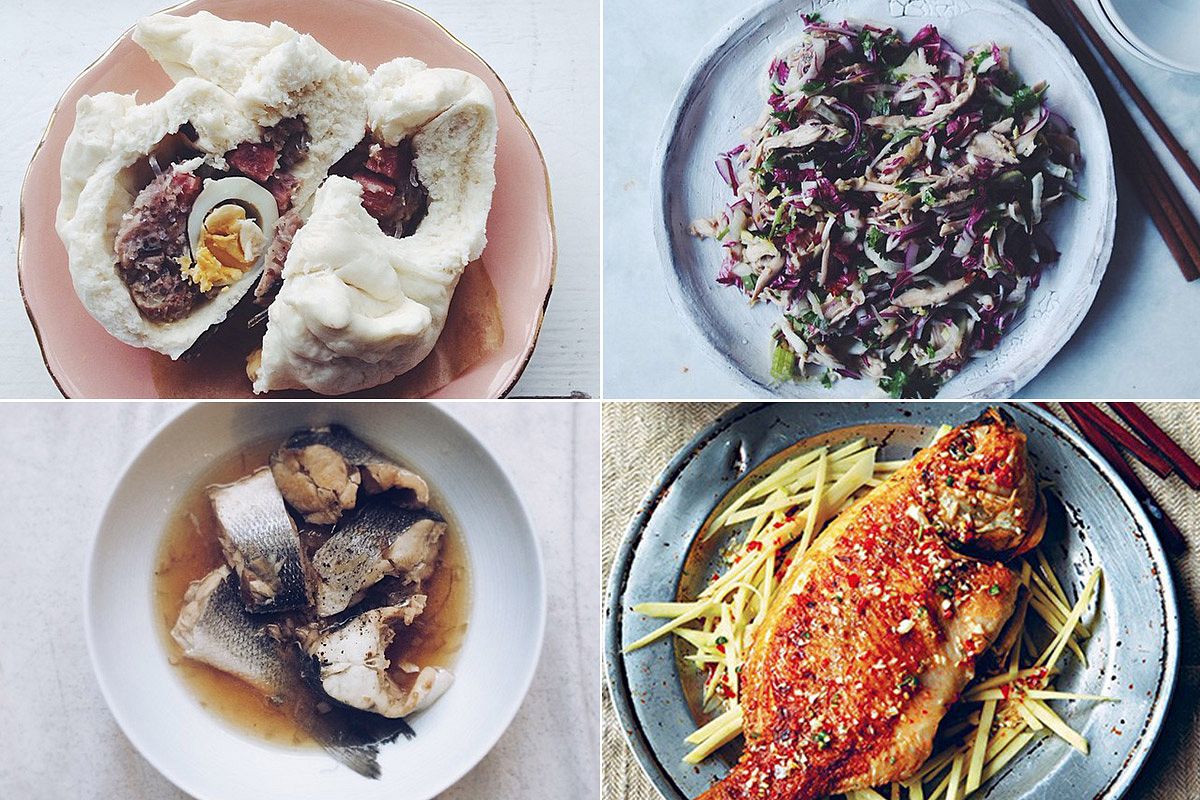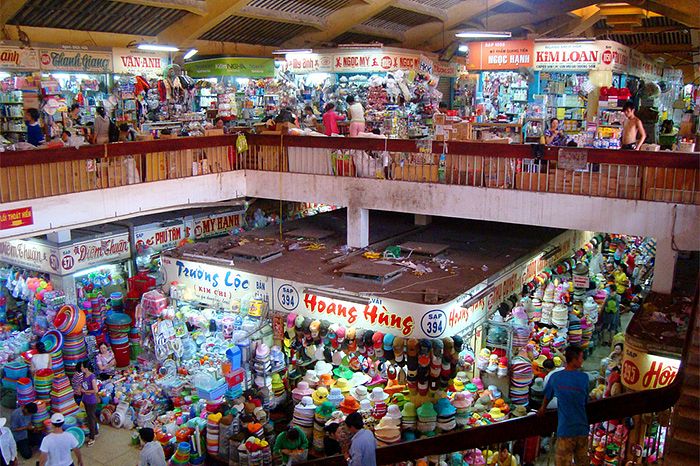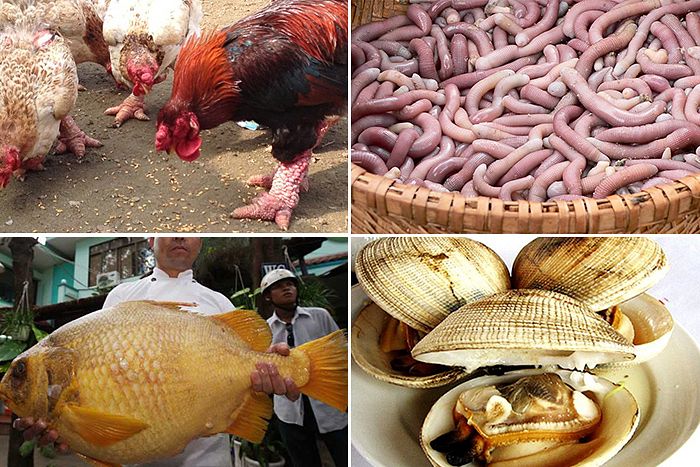The origin of the Japanese staple as well as how the dish got its name are still up for debate.
Although a number of accounts suggest ramen is a 20th-century Japanese invention, others contend that it has Chinese origins. One theory credits the birth of ramen to Shu Shunsui, a Chinese Confucian scholar and refugee who escaped Manchu rule and brought the ramen recipe to Japan in the 1660s. Shu served as an advisor for Japanese feudal lord Tokugawa Mitsukuni and it is believed that ramen made its entrance to Japan through Shu's culinary advice.
However, the lack of historical records has led many to consider that story a myth.
Other attempts to trace the emergence of ramen in Japan point towards the period after the first Sino-Japanese war, which saw in a surge of Chinese immigrants to Japan. In his book The Untold Story of Ramen, ramen historian George Solt dates the birth of ramen to the establishment of the restaurant Rai-Rai Ken in Tokyo in 1910. The restaurant employed Chinese cooks and popularized a dish called shina soba — which translates to Chinese noodles and is similar to today's ramen. It became a hit among blue-collar workers, students, and soldiers.
As to the origins of the name "ramen," many accounts cite the story of a Hokkaido's cafeteria named Takeya, located near Hokkaido University. The institution hosted many international students including Chinese. In 1911, the cafeteria started serving a small number of Chinese dishes to accommodate the increase in foreign diners.

According to historian Barak Kushner, one day a Chinese chef named Wang Wenngcai went to eat at Takeya and was eventually hired to be a cook there. Among many Wang's dishes, shina soba was a favorite. Its chewy texture — a result of alkaline water — differentiates itself from soba and udon. Shina soba was later rewritten as ramen in Takeya's menu. However, why the change occurred remains ambiguous.
Some believe that it was a decision made by the wife of the owner to give the bowl a less hurtful name towards Chinese, as shina in Japanese is a derogatory term towards Chinese. As the cafeteria attracted more Japanese customers, many started to order the shina soba using racist slurs. She, therefore, decided to change the dish's name to ryumen. Men translates to noodle in Japanese and ryu is a Japanese reading of the Chinese word that means willow, which was used in reference to the willow trees across the street from the restaurant. She then changed ryu to la, which means stretched in Chinese. The result — la men — became a homage to Chinese stretched noodles (la mian).
Because the cafeteria's menu was written in katakana, it lead to many customers misreading the word as ra. The romaji word la is written as ラ in katakana, which is a Japanese kana that represent both la and ra in roman letters.

However, there is also a possibility that Takeya's cook Wang Wengcai might have contributed to the idea for the name as well. A Japanese account recalls that whenever Wang finished making the dish, he would yell in Chinese "Hao le!," which means ready. His northeastern accent makes it sound more like "Hao la!". Some customers started to make fun of this and order the dish by calling it la men, which was then misheard as ramen and the name lives on today.
[Top photo via Pxhere]


